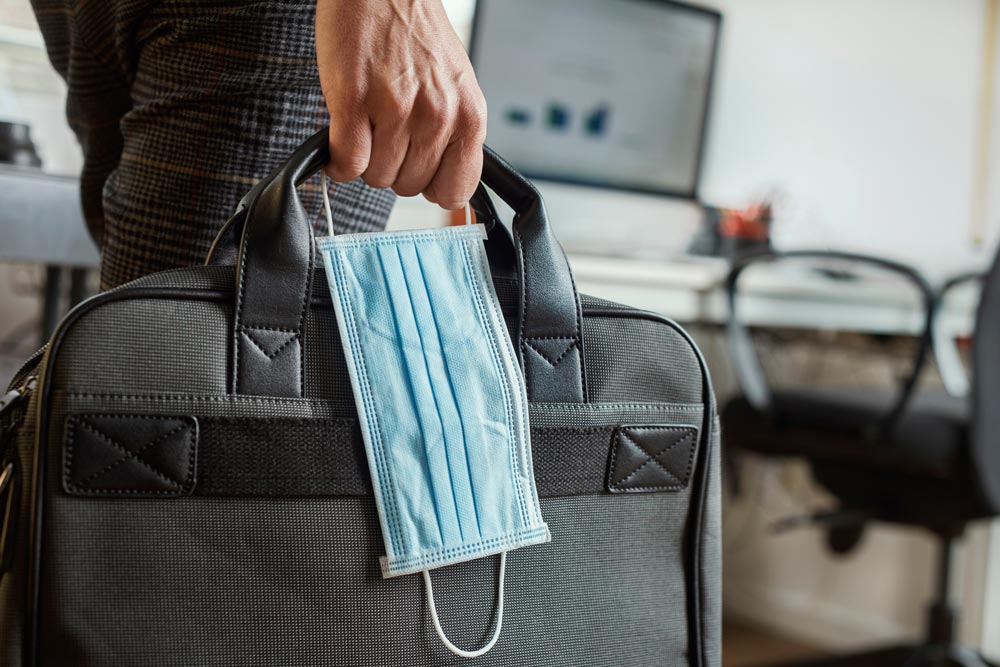There has been a big focus on anxiety as employees contemplate going back to the workplace.
It’s heartening to see this important issue being taken so seriously by everyone from healthcare providers and mental health charities to HR departments and business leaders.
The impact of return-to-work anxiety can be huge, whether returning from working at home or going back after furlough. It’s a big transition on the back of a year that’s already been filled with uncertainty and worry.
The root of the anxiety is varied. For some it’s about sharing an office or boardroom with others while the virus remains a threat. In response many workplaces are going all out to reassure with reconfigured offices and new infection control protocols.
But not all worries relate to Covid. Some workers have spent so long in a different routine that they’re anxious about how well they’ll adapt or about their aptitude for the job.
These concerns are amplified in cases where workplaces have had to evolve and change their ways of working.
While discussing the best ways for employers to address this anxiety, it struck me that the situation is not dissimilar to supporting workers returning from maternity leave.
After a whirlwind year of parenting, where your routines and priorities have been turned on their head, going back to work can bring fear and dread.
I was speaking to a business associate who works in a fast-paced, highly-skilled job, and she admitted returning to the office after mat leave filled her with dread. She worried about the knowledge she may have lost and admitted a sense of imposter syndrome.
Workplaces do offer ‘Keep In Touch Days’ allowing new mums to come in, dip their toe in the water and get back up to speed on what’s happening. These can be so helpful in relieving that apprehension, by easing them back into routine and helping them familiarise themselves with the latest developments.
Interestingly though, I spoke with a senior HR boss who explained it’s a bit of a misconception that the purpose of KIT days is for workers to “feel included”. Rather, workplaces tend to offer this opportunity for reintegration when it is helpful to business needs.
If it’s not, some employers simply can’t justify paying staff to come in – particularly when they’re already paying for maternity cover. What counts as a ‘business need’ will vary considerably depending on the industry though, and I had a fascinating chat recently with the head of a coaching business in North London about this very topic.
Abby Marcus heads up Bread and Butter Coaching and told me some sectors’ return rates after maternity are shockingly low. For example, the return rate for creative industries is only 50 per cent. However, her company has managed to boost that likelihood of return to 80 per cent through coaching support.
To me, this shows it’s crucial for companies to consider their long-term business needs as well as their immediate needs when staff return from mat leave. As well as supporting the employee the business will save time and money as they won’t have to embark on a recruitment exercise. Without doubt there are parallels between returning from mat leave and returning from furlough and both should be handled with equal care are empathy.
Communications specialist Nigel Risner often emphasises the importance of knowing your employees’ personal needs and he’s spot on. Address people’s concerns, bring them up to speed on changes, give them opportunities to brush up on changes and upskill, and encourage a healthy work life balance. These simple steps will mean a win-win for both parties.
The original version of this article was first published in The Herald by Laura Gordan.
At LCC we have a dedicated and highly skilled team ready to help you manage your anxiety.





